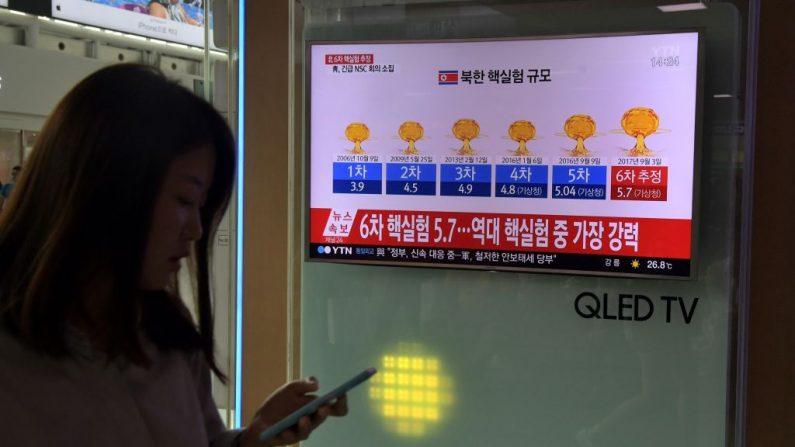The nuclear bomb North Korea tested early this month exploded with double the power than first estimated, a monitoring group said, generating about 17 times more energy than the nuke that destroyed Hiroshima.
The communist regime in North Korea tested its sixth and biggest nuclear device on Sept. 3 and described it as a hydrogen bomb that can be fitted on a missile capable of reaching the United States.





